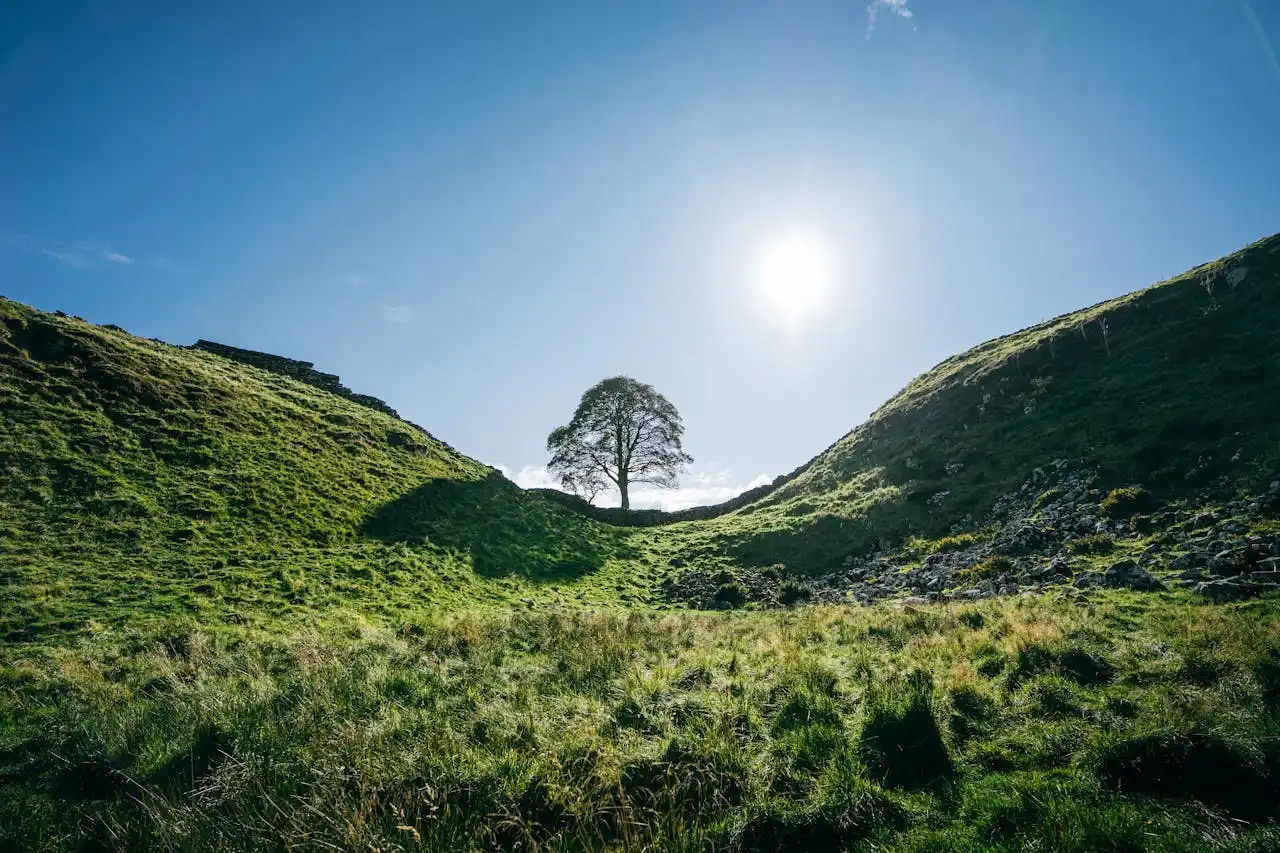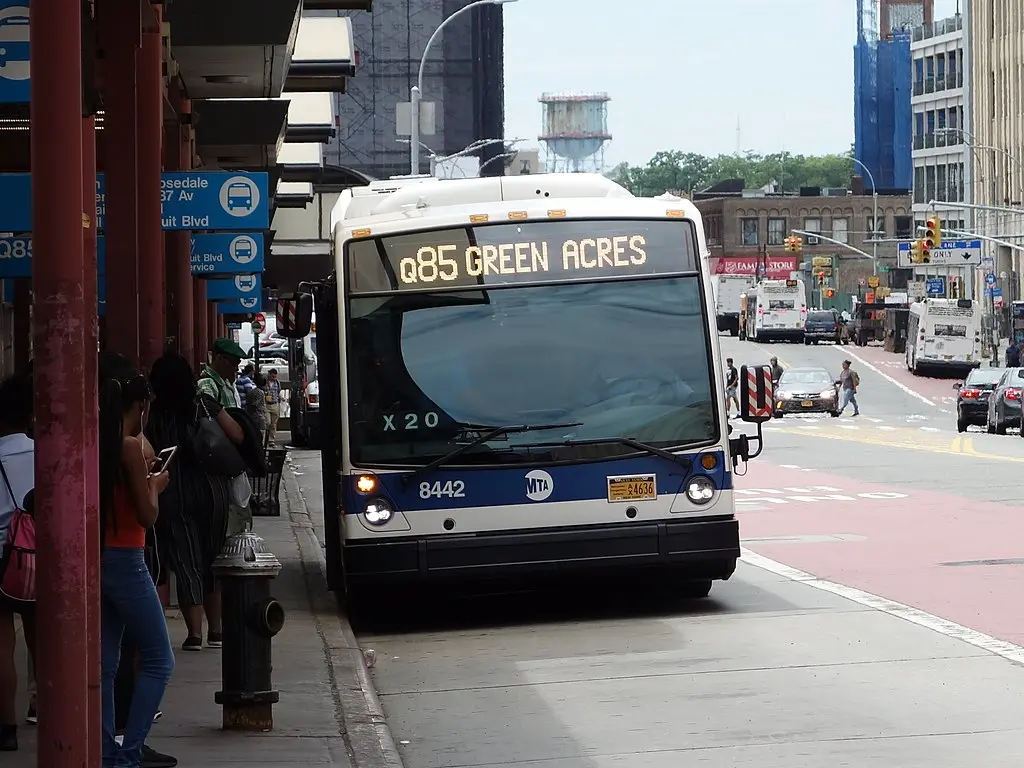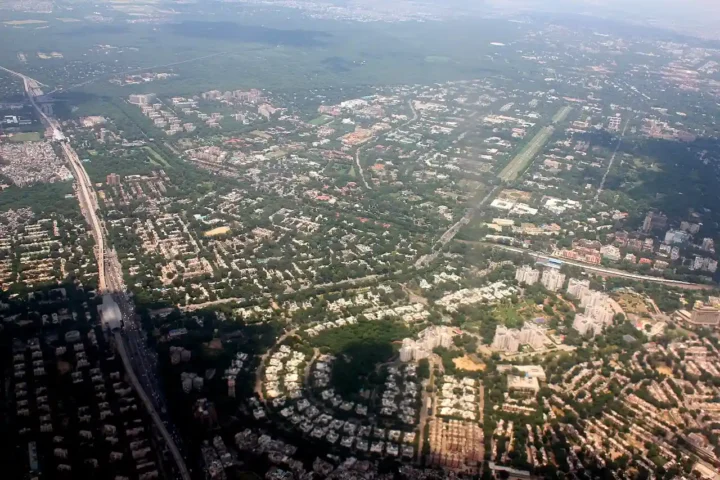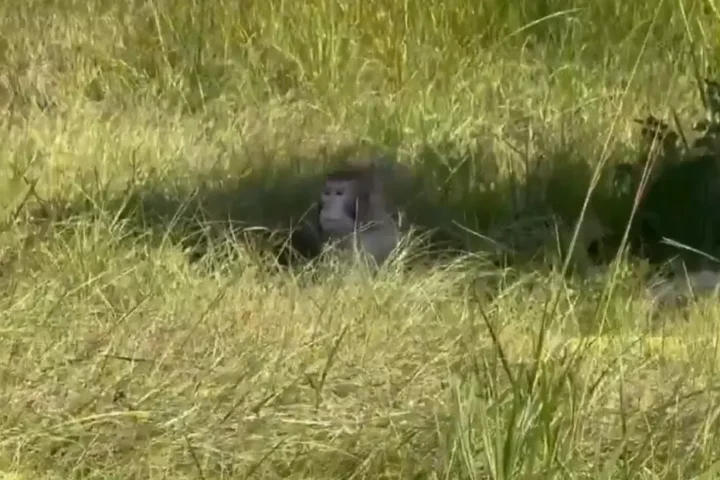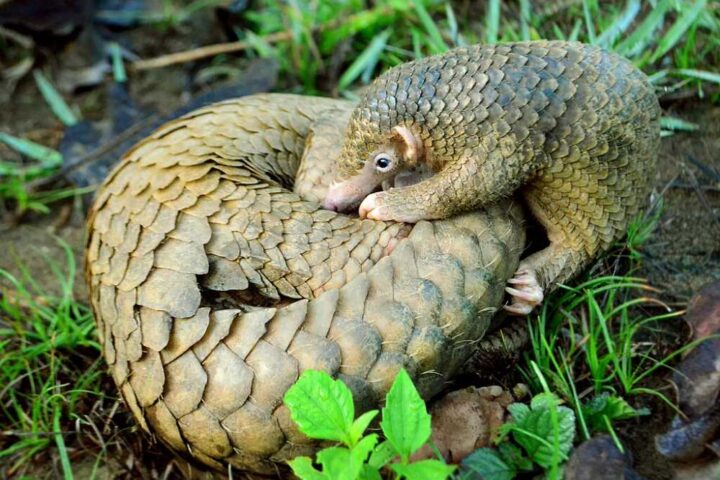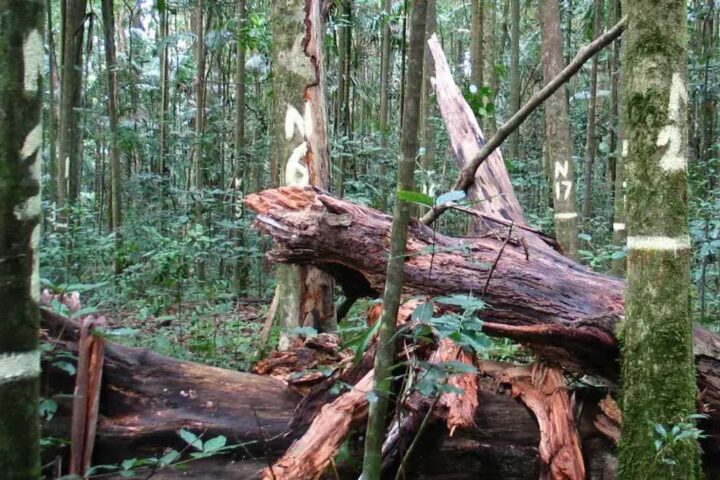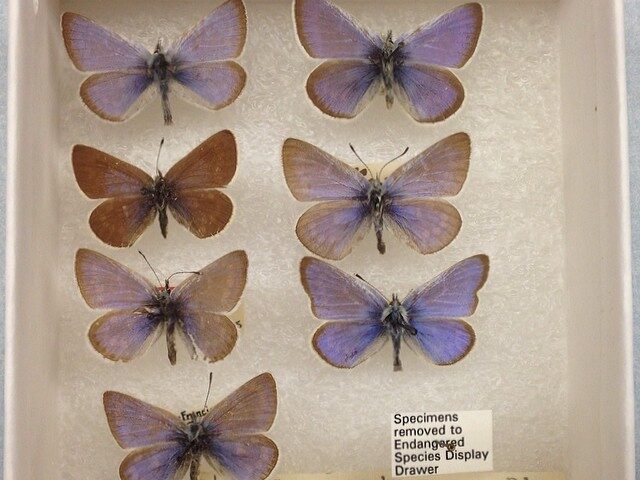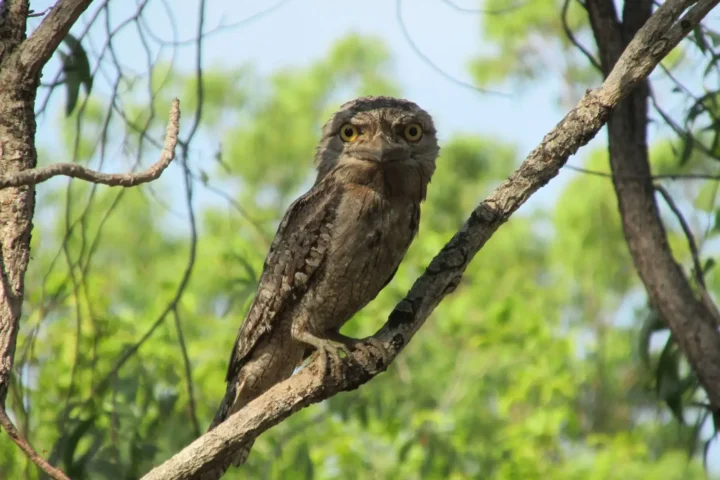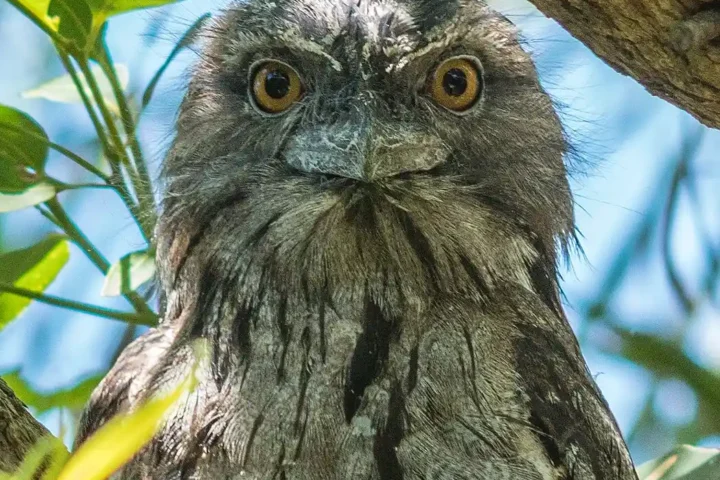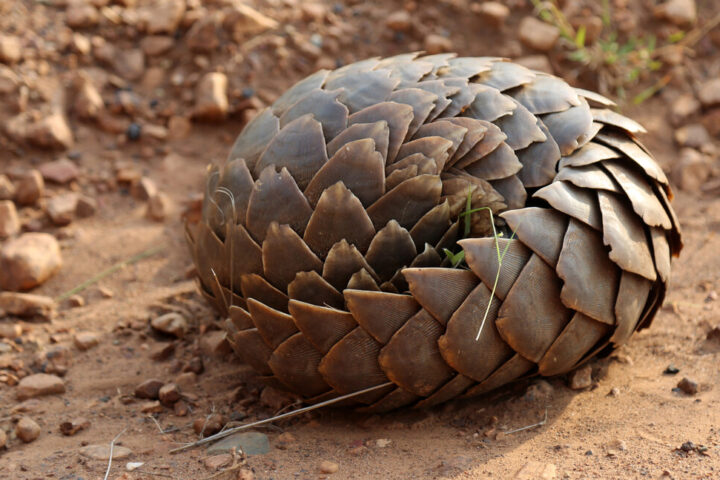The iconic Sycamore Gap tree case reached a turning point on May 9, 2025, when Daniel Graham (39) and Adam Carruthers (32) were convicted of criminal damage. The Newcastle Crown Court jury found both men guilty of felling the 150–200-year-old tree and damaging the UNESCO World Heritage Site of Hadrian’s Wall in September 2023.
Prosecutors presented forensic evidence valuing the tree damage at precisely £622,191 and the wall damage at £1,144, as reported by The Times. Digital evidence proved crucial in securing convictions: the jury reviewed 2 min 41 s of video footage from Graham’s phone—complete with embedded GPS metadata confirming the location—while WhatsApp messages exchanged afterward included Graham stating “It’s gone viral, it’s gone worldwide” and Carruthers claiming “I’ve got a better video than [his child].” These recordings and the defendants’ vehicle tracking ▸ “mindless thuggery” ruling were described by prosecutors as “mindless” and “moronic” vandalism.
Both men now face sentencing on July 15, 2025, and remain remanded in custody pending their hearing.
Despite the destruction, nature has begun its slow healing process. In July 2024, National Trust ranger Gary Pickles discovered eight new shoots emerging from the stump at the site.
“My job as ranger for Hadrian’s Wall Path is all about conserving the past. So, in my head I had consigned the tree to history and I am amazed and delighted that it may have a future after all,” Pickles said.
Andrew Poad, General Manager for the National Trust at Hadrian’s Wall, added: “We always had hope that nature would find a way to recover, and to see signs of life, just ten months on is astonishing.” Each shoot measured between 2–4 cm in height and bore one to six small leaves. Experts are allowing all shoots to develop naturally for several years before deciding on coppicing or selecting a single dominant stem.
For guidance on choosing and managing veteran trees elsewhere, see Karmactive’s piece on Climate Change Forces 445 000 Trees in Spain to Adapt or Die.
Similar Posts
Beyond natural regrowth, the National Trust launched “Trees of Hope,” distributing exactly 49 saplings—one for each foot of the original trunk’s height—to communities across the UK. The first seedling, grown from collected seeds, was presented to King Charles III for planting in Windsor Great Park. Applications opened in September 2024; recipients include schools, hospitals, community groups, and all 15 UK National Parks. While the saplings are nurtured at the Trust’s Plant Conservation Centre, local groups can follow best practices in sapling care—many of which echo lessons from Karmactive’s article on Tree Islands in Sumatra’s Oil Palm Plantations.
The Sycamore Gap tree wasn’t just a landmark but a vital habitat. Mature sycamores support specialized invertebrates—such as the rare hoverfly Pocota personata—which depend on rot holes in veteran trees, while providing nesting cavities for birds and roosting spots for bats. Their role in carbon sequestration is equally significant: veteran sycamores can store around 11 000 kg CO₂e in biomass across their lifespan, a vital contribution to climate change mitigation. Historic England’s condition report confirms that the tree’s removal disrupted these ecosystem services.
Tourism figures highlight the tree’s economic importance. In 2023, Northumberland attracted 10.12 million visitors, generating £1.262 billion—a 7.9% rise from 2022, per official STEAM data. While precise footfall at Sycamore Gap is unrecorded, the National Trust notes it was one of England’s most photographed trees. Loss of that draw will ripple through local hospitality, guiding services, and retail.
The outrage over Sycamore Gap has accelerated calls for stronger tree-protection laws. Baroness Young’s Heritage Trees Bill in the House of Lords would establish a statutory register of trees of “exceptional historic, landscape, cultural or ecological importance,” maintained by Natural England, with protections akin to listed buildings. The Woodland Trust and other NGOs have added their voices, urging enforcement of Natural England’s veteran-tree guidance and faster passage of the Bill.
For technical insights into tree relocation and urban-development trade-offs, see Karmactive’s report on Japan Moves 619 Trees, Plants 2,304 in Tokyo Project.
The Sycamore Gap story demonstrates the need for better safeguards for our living heritage. Communities can join “Trees of Hope” to nurture saplings and create new landmarks for future generations. Land managers should apply Natural England’s veteran-tree guidance in all planning decisions, while policymakers must advance the Heritage Trees Bill to grant ancient trees statutory protection and dedicated enforcement resources.
The slow regrowth of the Sycamore Gap shoots offers a powerful metaphor for conservation: recovery is possible but requires patience, protection, and care. These veteran trees are more than picturesque backdrops—they are living carbon stores, biodiversity havens, and cultural touchstones. To safeguard them, legal frameworks must be strengthened, and communities must embrace stewardship. In an era of tightening conservation budgets and mounting climate stress, the Sycamore Gap case reminds us that our future landscapes rely on the choices we make today.
